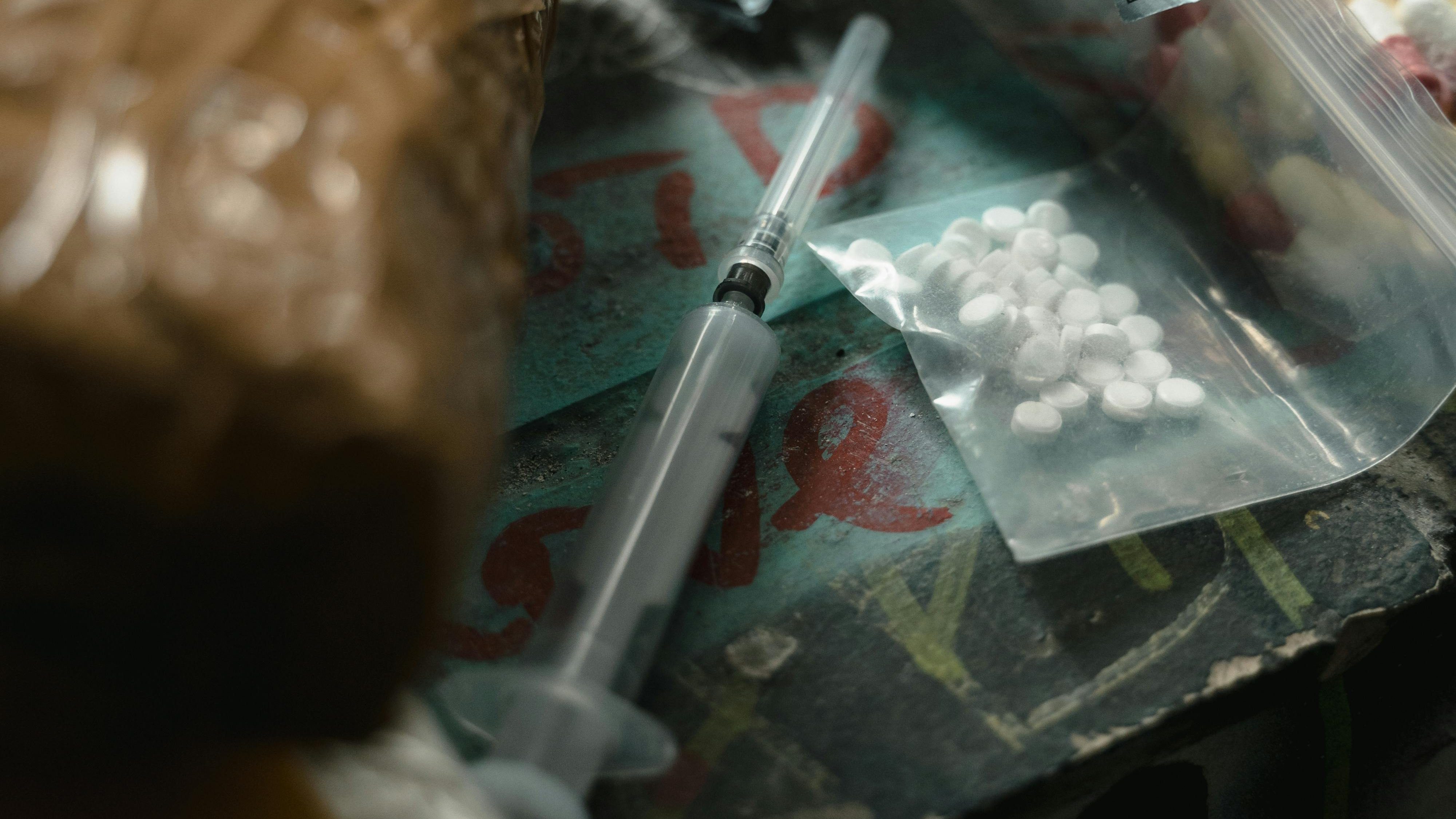On Friday, it was revealed that drug deaths in England and Wales have tragically risen for the eleventh consecutive year, with 5,565 people dying in 2024.
The data also revealed that nitazenes – potent synthetic opioids, up to 500 times stronger than heroin – are surging with 195 deaths confirmed, up from 52 confirmed deaths the year prior. This comes a month after the figures for Scotland were released, which also revealed an enormous increase in nitazene deaths in 2024, and the first quarter of 2025.
A suspected delay in the recording of nitazene deaths – meaning we might be looking at deaths from over two years ago – gives further cause for alarm, as we do not know the true scale of the crisis, and what the reality on the ground is.
Cranstoun, the organisation I work for, warned of an increase in nitazenes contaminating the drug supply in 2023, and set out a plan to respond, which was backed by dozens of Parliamentarians and leading experts.
While some of the recommendations have been adopted – including early warning systems, an overdose prevention centre, and the roll out of an additional drug checking facility – wholesale action has been too slow, as the crisis deepens.
On a local level, there are easy-wins which are proven to save lives but are not being adopted. For example, the Big Issue recently covered how two police forces in England are still not carrying anti-overdose medicine naloxone, despite it being highly effective in reversing overdose, and carries very minimal risk.





